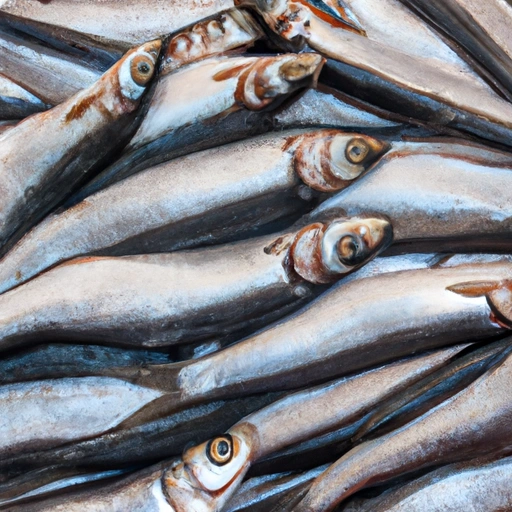Shad
Description

Shad is a type of fish closely related to herring and is known for its delicate flavor and fine, flaky texture. It is particularly appreciated for its roe, often considered a delicacy. Shad can be used in a wide range of dishes and is suitable for various cooking methods, making it a versatile ingredient in both American and European cuisines.
Common uses
Shad is commonly used in a variety of dishes, ranging from simple grilled preparations to complex stews and sauces. Its roe is also highly sought after and can be prepared in multiple ways, such as pan-frying or incorporating it into spreads and pastas.
Nutritional value
Calories
Shad is a relatively low-calorie fish, with a 3-ounce (85g) serving containing approximately 135 calories.
Protein
That same serving size of shad provides about 18 grams of protein, making it a good source for maintaining muscle mass and overall health.
Fat
Shad contains around 5 grams of fat per serving, including beneficial omega-3 fatty acids that are important for heart health.
Carbohydrates
Shad is carbohydrate-free, making it an excellent choice for low-carb diets.
Vitamins
Shad is a good source of vitamins such as B12 and D, which are crucial for energy metabolism and bone health, respectively.
Minerals
This fish also provides essential minerals like selenium, phosphorus, and potassium.
Health benefits
Consuming shad can contribute to a balanced diet due to its high protein content and omega-3 fatty acids, which support heart health and cognitive function. The vitamins and minerals found in shad can help strengthen the immune system and support overall well-being.
Potential risks
As with many fish, shad may contain mercury or other contaminants, so it should be consumed in moderation, especially by pregnant women and young children. Additionally, its bones can be quite small and numerous, which may pose a choking hazard if not carefully prepared.
Common recipes
Shad can be featured in recipes such as smoked shad, shad roe spread, shad bakes, and soups. It is also used in traditional European dishes such as potted shad.
Cooking methods
Various cooking methods are suitable for shad, including grilling, broiling, pan-frying, and poaching. The fish's delicate flesh requires careful handling to avoid overcooking.
Pairing with other ingredients
Shad pairs well with bright flavors like lemon and herbs, as well as with rich ingredients like butter and cream. It can complement a variety of side dishes, including seasonal vegetables and grains.
Summary
Shad is a nutritious and versatile fish that has been enjoyed for centuries in American and European cuisines. Its rich historical background and diverse culinary applications make it a valuable ingredient for food enthusiasts around the world. Whether you measure your ingredients in ounces or grams, shad can be a delightful addition to your cooking repertoire.